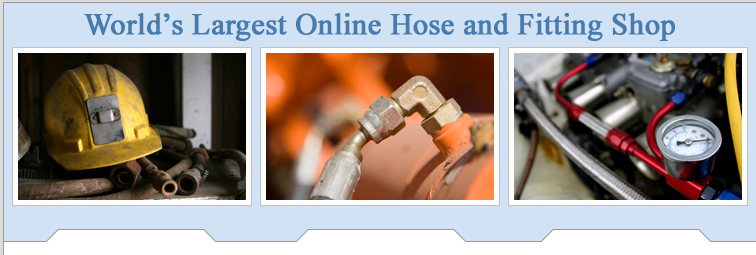Air typically enters the hydraulic system through the the pump inlet and, under certain conditions, past the rod seal of a double-acting cylinder.
a
But air can also invade the system through joints in pressurized plumbing.
a
When fluid travels through a pipe or hose at relatively high velocity - in a pressure line for example, and has to change direction through a tee or elbow, a venturi effect can be created.
a
Because the sealing arrangement of the hydraulic connector is designed to withstand positive pressure - but not negative pressure, air can be drawn into the system - even when the plumbing has no apparent leaks.
a
If you made a glass model of a pipe elbow and connected a measuring point in the middle of the angle, you would see a negative pressure when fluid passed through the elbow at high velocity.
a
And if you looked carefully, you'd likely see air bubbles entering the system through the seal of the measuring connection.
a
What it comes down to is use as few sharp angles - tee-pieces, elbows, etc in hydraulic plumbing as possible. a a Craig Cook
a
But air can also invade the system through joints in pressurized plumbing.
a
When fluid travels through a pipe or hose at relatively high velocity - in a pressure line for example, and has to change direction through a tee or elbow, a venturi effect can be created.
a
Because the sealing arrangement of the hydraulic connector is designed to withstand positive pressure - but not negative pressure, air can be drawn into the system - even when the plumbing has no apparent leaks.
a
If you made a glass model of a pipe elbow and connected a measuring point in the middle of the angle, you would see a negative pressure when fluid passed through the elbow at high velocity.
a
And if you looked carefully, you'd likely see air bubbles entering the system through the seal of the measuring connection.
a
What it comes down to is use as few sharp angles - tee-pieces, elbows, etc in hydraulic plumbing as possible. a a Craig Cook

